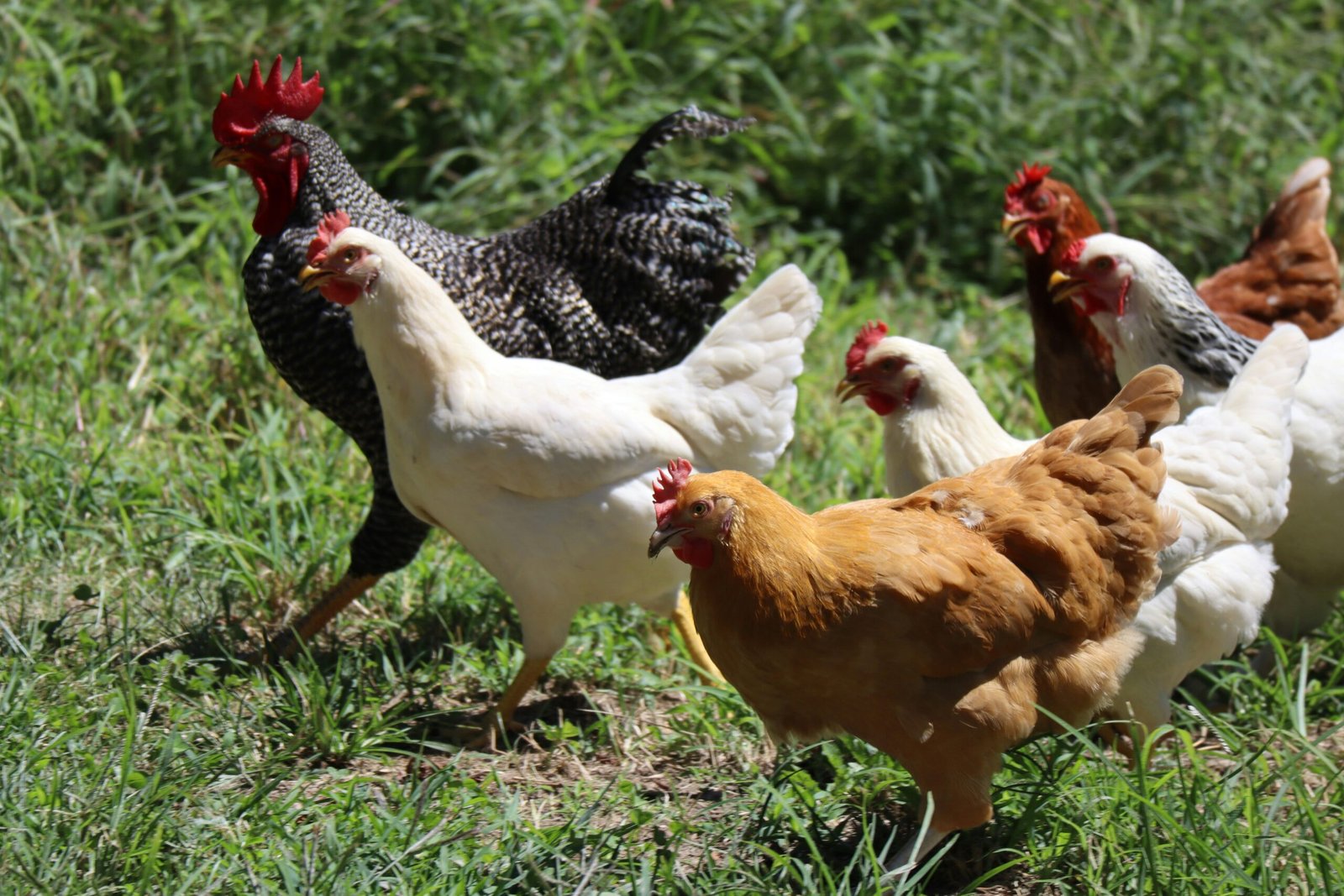Introduction
Are you interested in hatching your own chicks? Incubating chicken eggs can be a rewarding and educational experience. In this step-by-step guide, we will walk you through the process of incubating chicken eggs, including temperature and humidity control, turning eggs, and troubleshooting during the hatch.
1. Choosing the Right Incubator
The first step in hatching your own chicks is to choose the right incubator. There are various types of incubators available in the market, including still-air incubators and forced-air incubators. Still-air incubators rely on natural convection to circulate the air, while forced-air incubators use fans to distribute heat evenly.
Consider factors such as the size of the incubator, ease of use, and temperature control options when selecting an incubator. It is important to choose an incubator that can maintain a consistent temperature and humidity throughout the incubation period.
2. Temperature and Humidity Control
Temperature and humidity control are crucial for successful egg incubation. The ideal temperature for incubating chicken eggs is around 99.5°F (37.5°C). Use a reliable thermometer to monitor the temperature inside the incubator.
Humidity levels should be maintained between 45% and 55% during the first 18 days of incubation. This can be achieved by adding water to the incubator’s water reservoir or using a hygrometer to measure and adjust humidity levels accordingly.
3. Turning the Eggs
During the incubation period, it is important to turn the eggs regularly to prevent the embryos from sticking to the shell. Turning the eggs also helps ensure proper development and prevents deformities.
For the first 18 days, eggs should be turned at least three times a day. Mark one side of each egg with an “X” and the other side with an “O” to keep track of the turns. Gently rotate the eggs 180 degrees each time you turn them.
On day 18, stop turning the eggs and increase the humidity level to prepare for hatching.
4. Troubleshooting During the Hatch
During the hatch, it is important to monitor the progress of the chicks and address any issues that may arise. Here are some common troubleshooting tips:
- Slow or Stalled Hatch: If the chicks are taking longer than expected to hatch or if the hatch seems to have stalled, check the temperature and humidity levels. Adjust as necessary and give the chicks more time.
- Unsuccessful Hatch: If some eggs do not hatch, it could be due to various reasons such as infertile eggs or improper incubation conditions. Take note of any patterns or abnormalities and make adjustments for future hatches.
- Assisting a Hatch: In some cases, a chick may struggle to hatch on its own. If you notice a chick having difficulty, you can assist by carefully peeling away a small portion of the shell. However, it is important to proceed with caution and avoid interfering unless absolutely necessary.
Conclusion
By following these step-by-step instructions, you can successfully hatch your own chicks. Remember to choose the right incubator, maintain proper temperature and humidity levels, turn the eggs regularly, and troubleshoot any issues that may arise during the hatch. Hatching your own chicks is a rewarding experience that allows you to witness the miracle of life firsthand.
Happy hatching!





